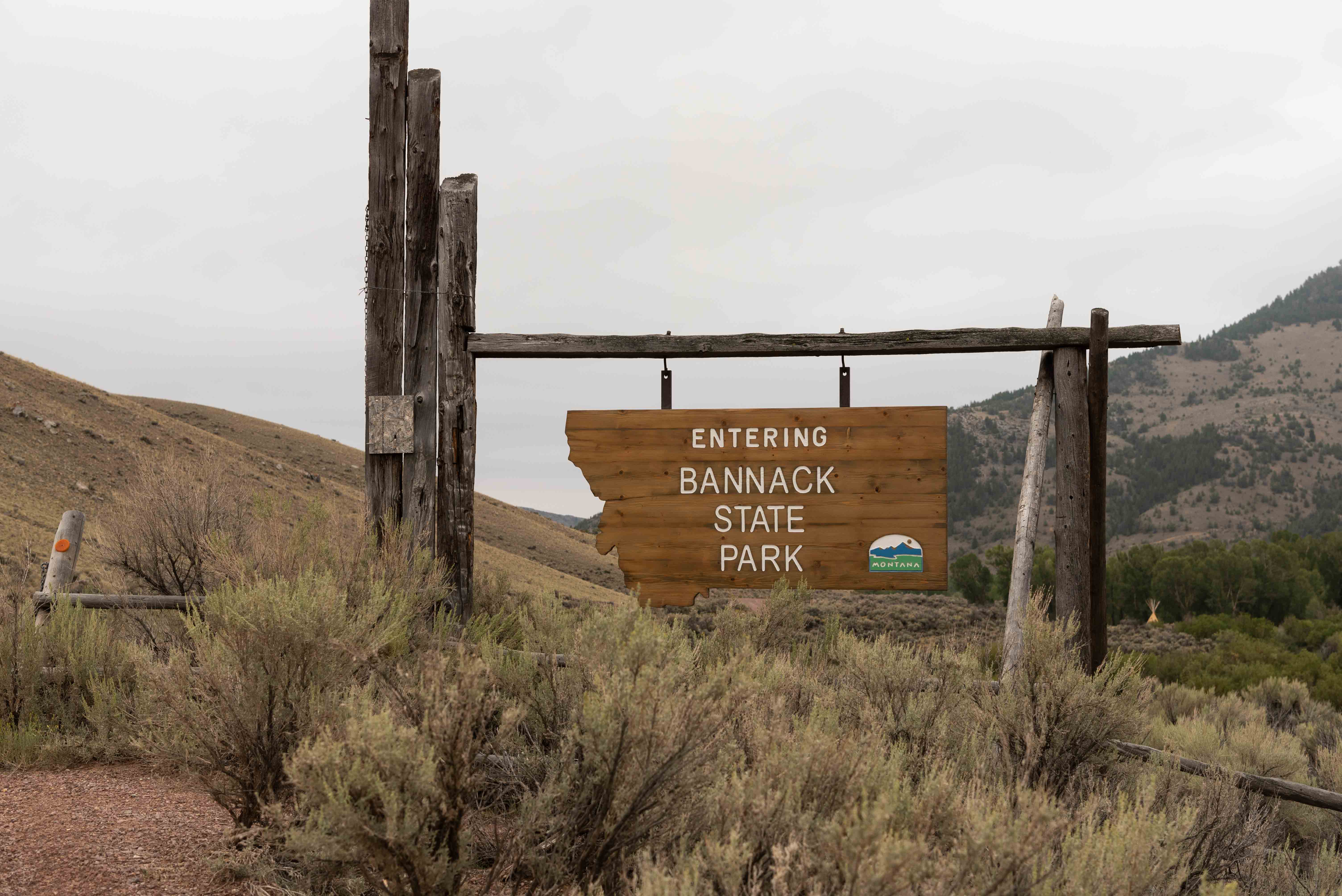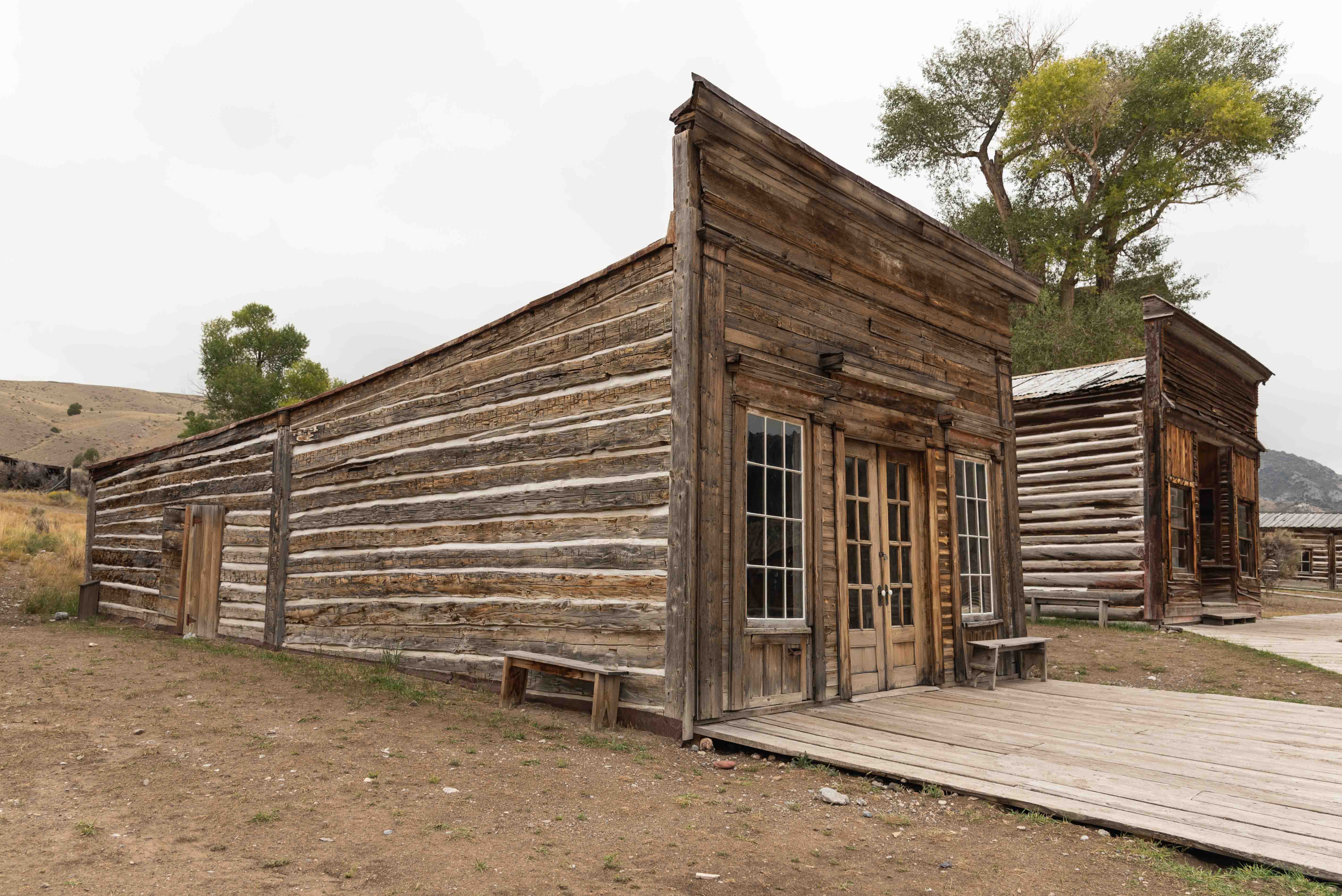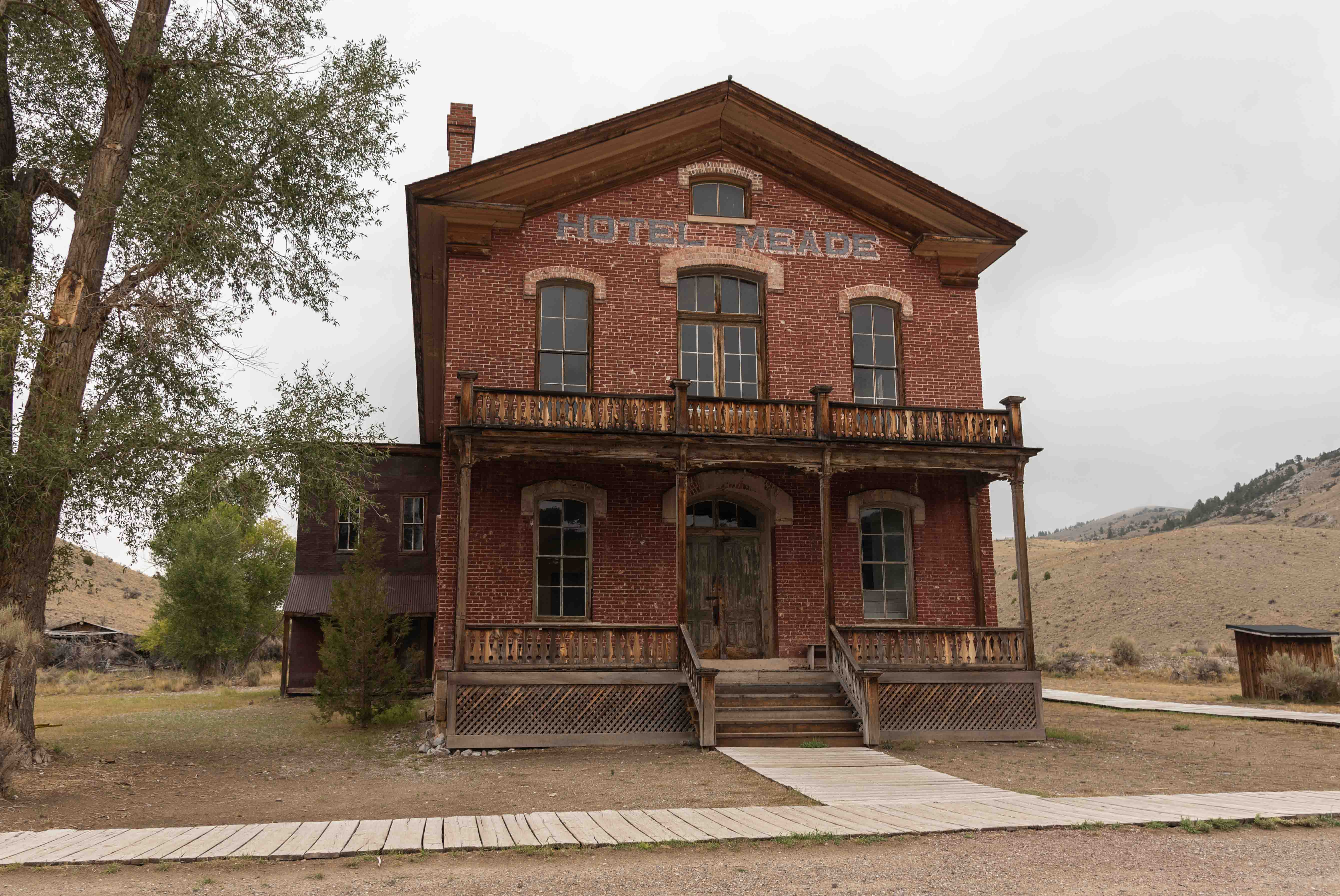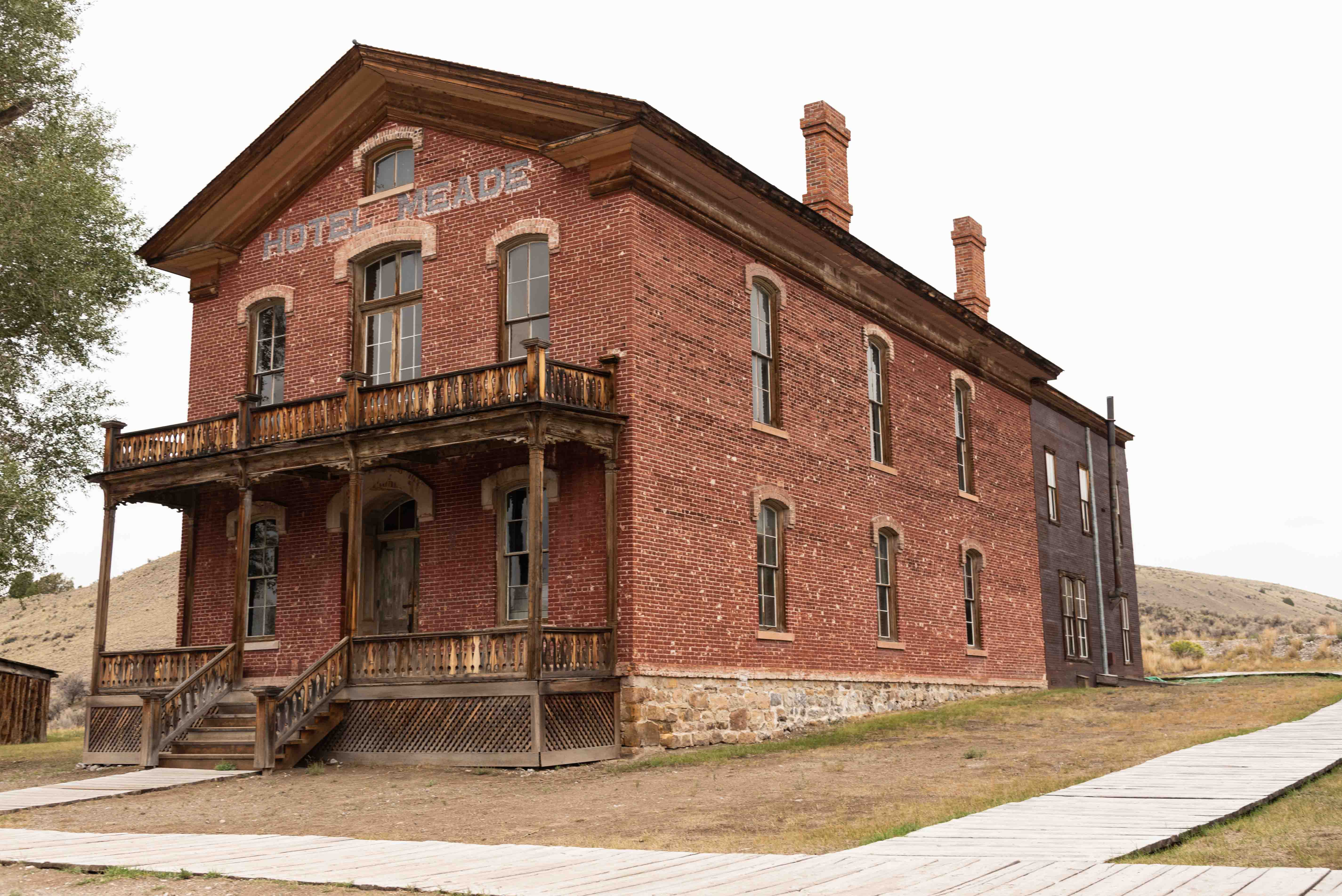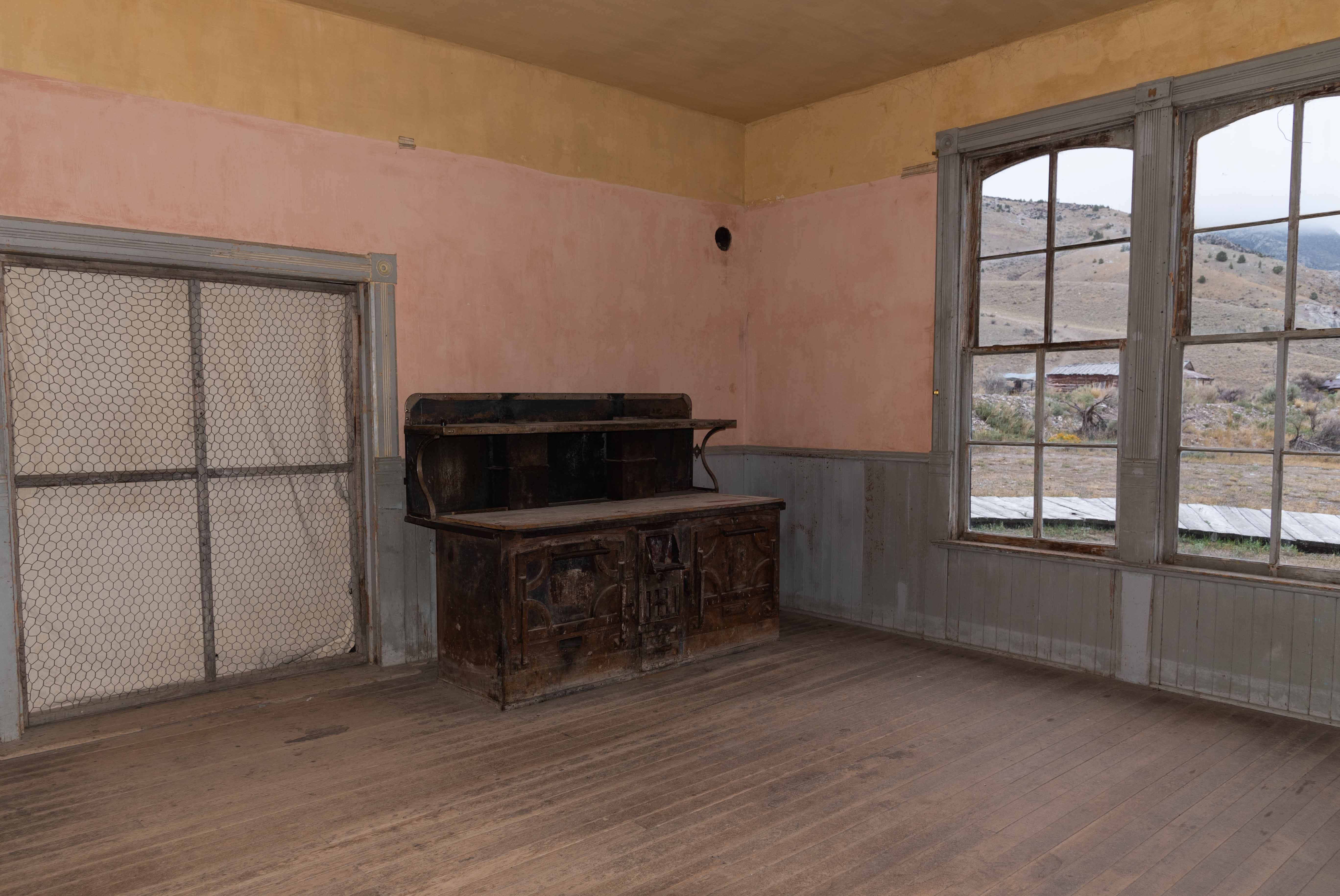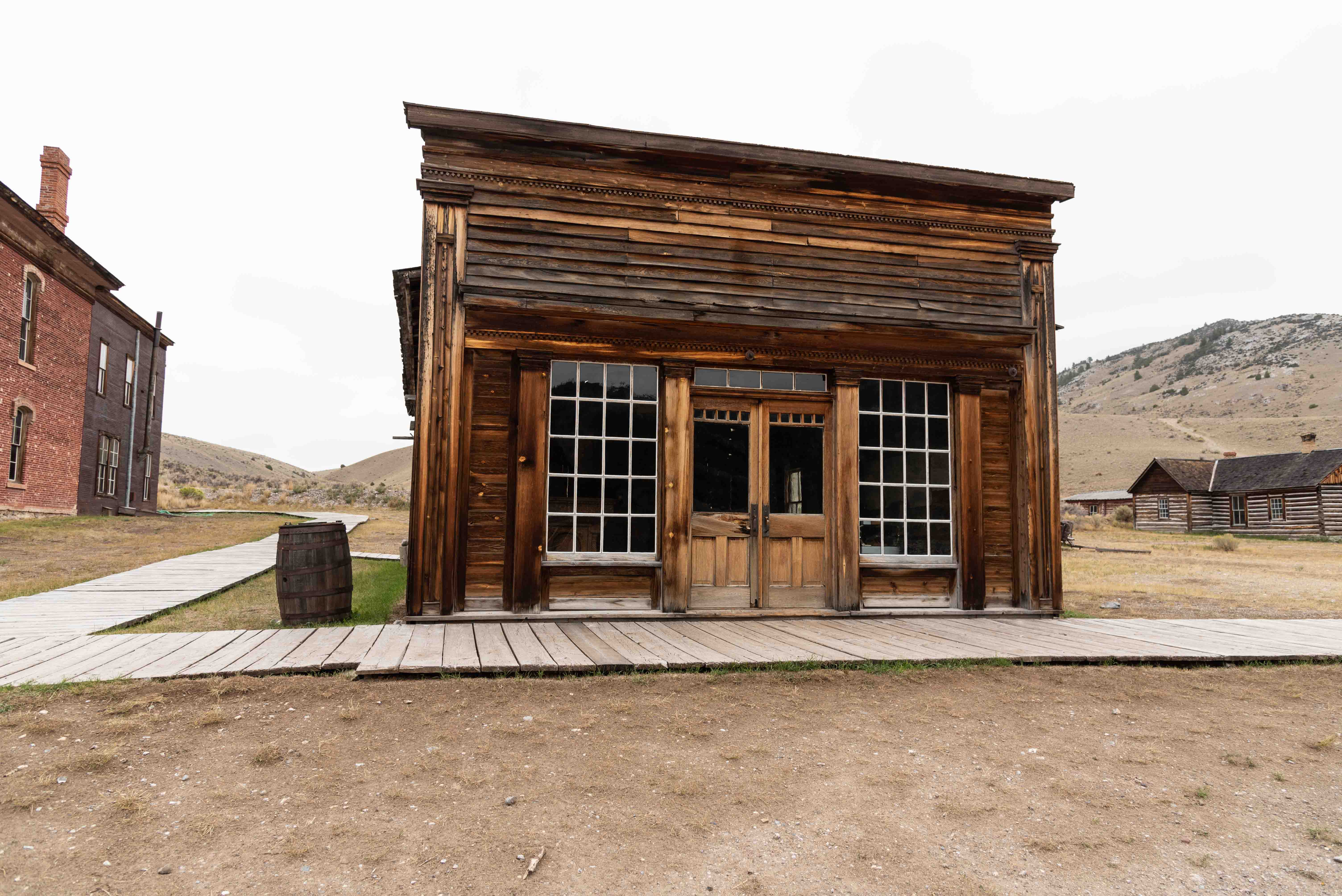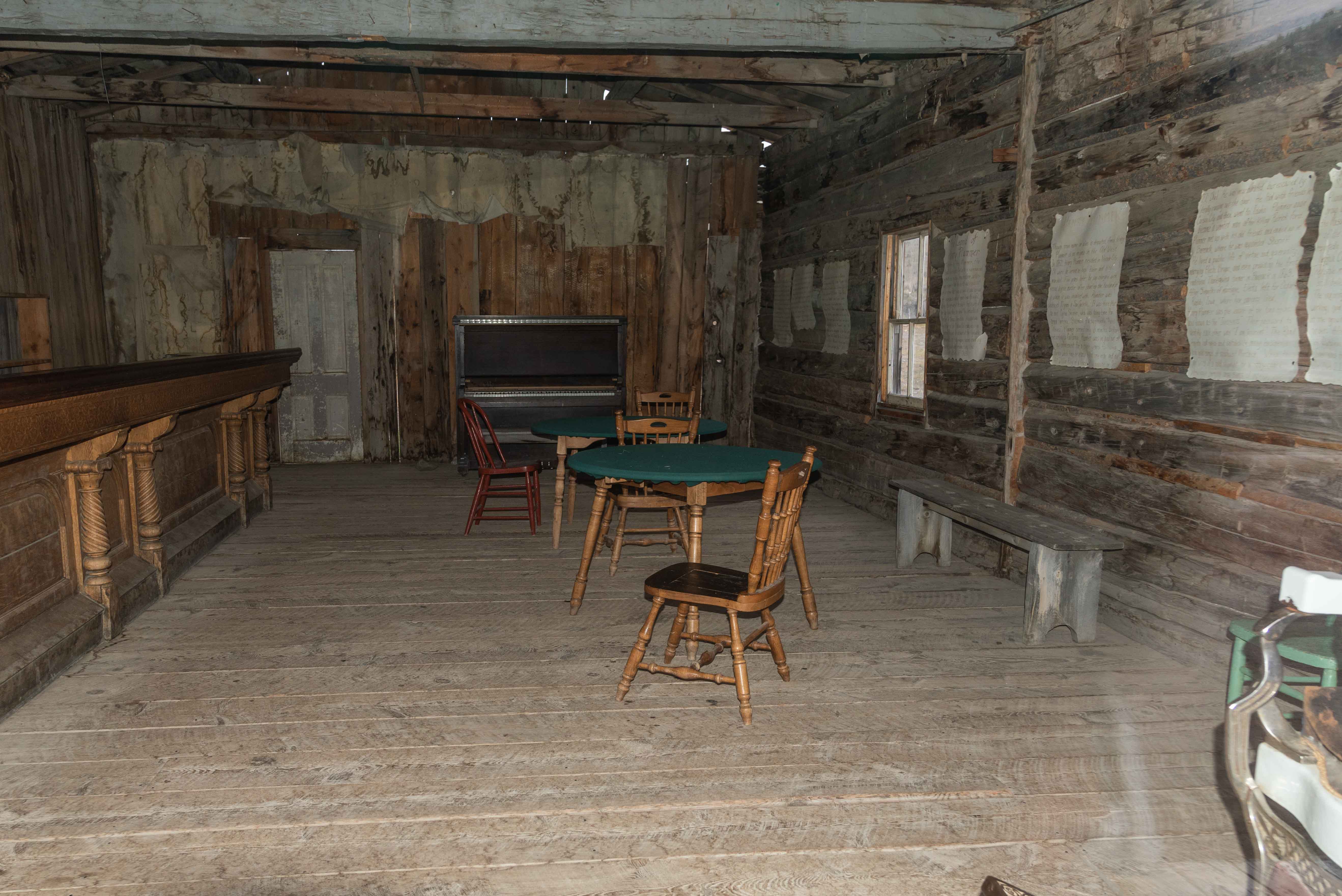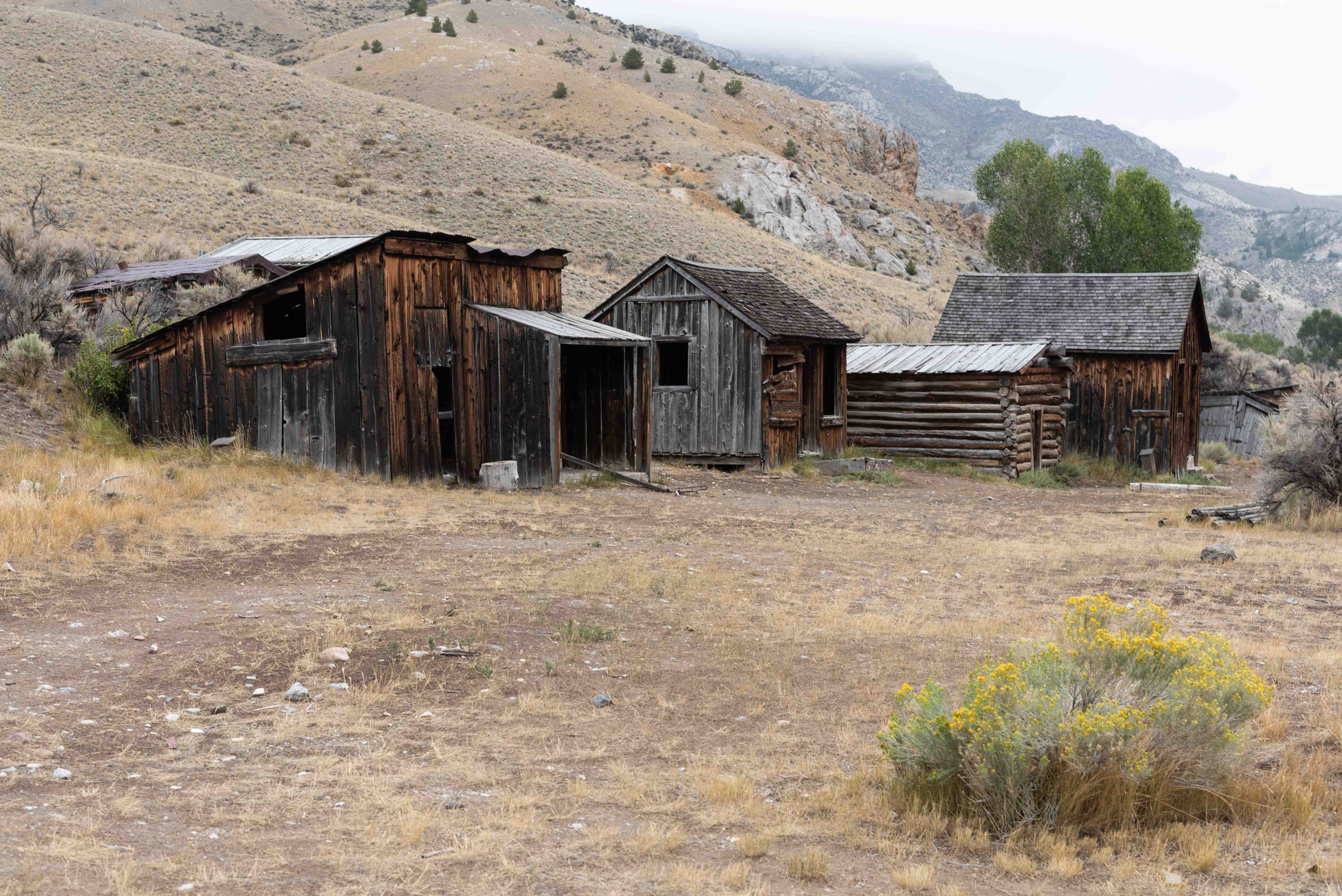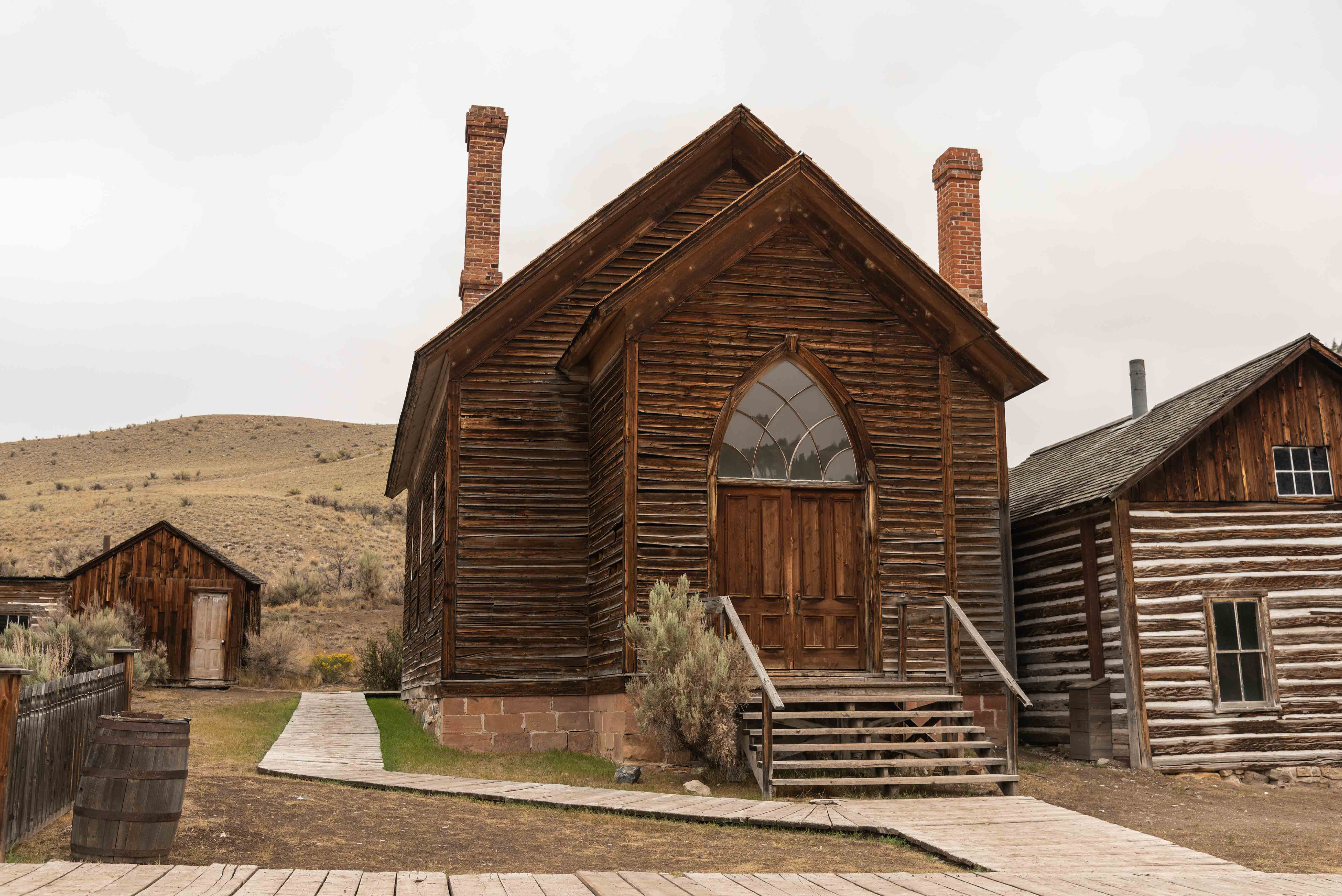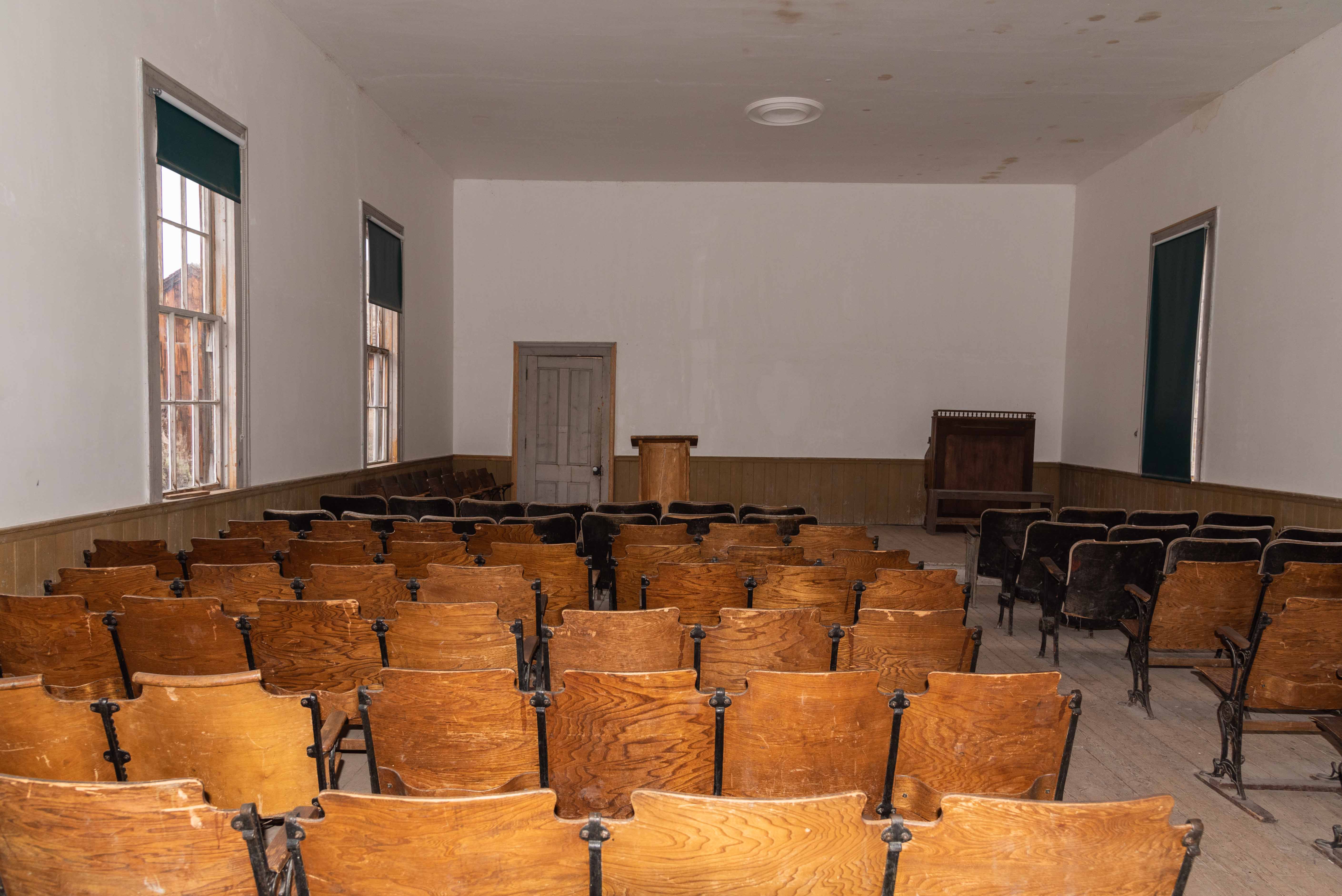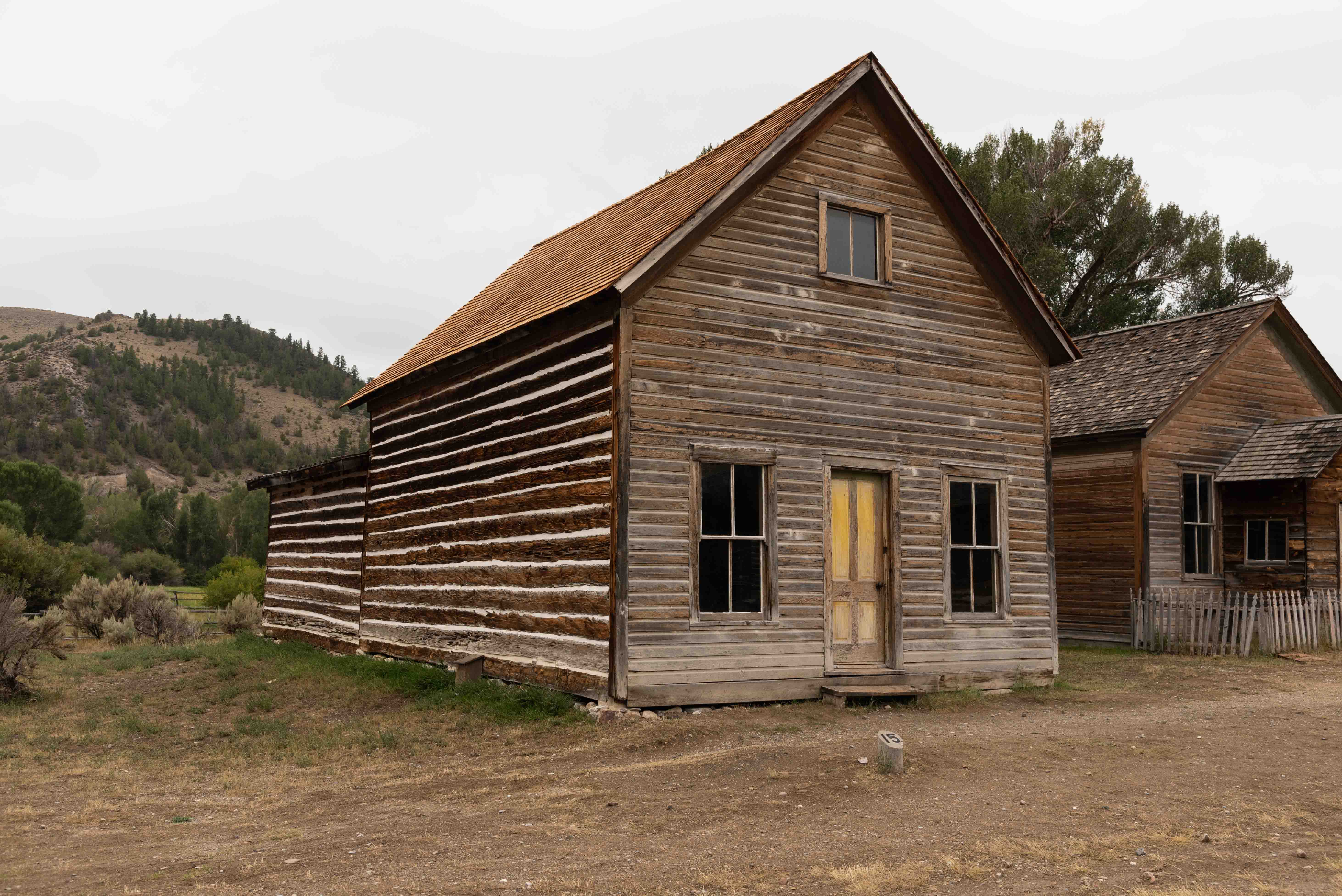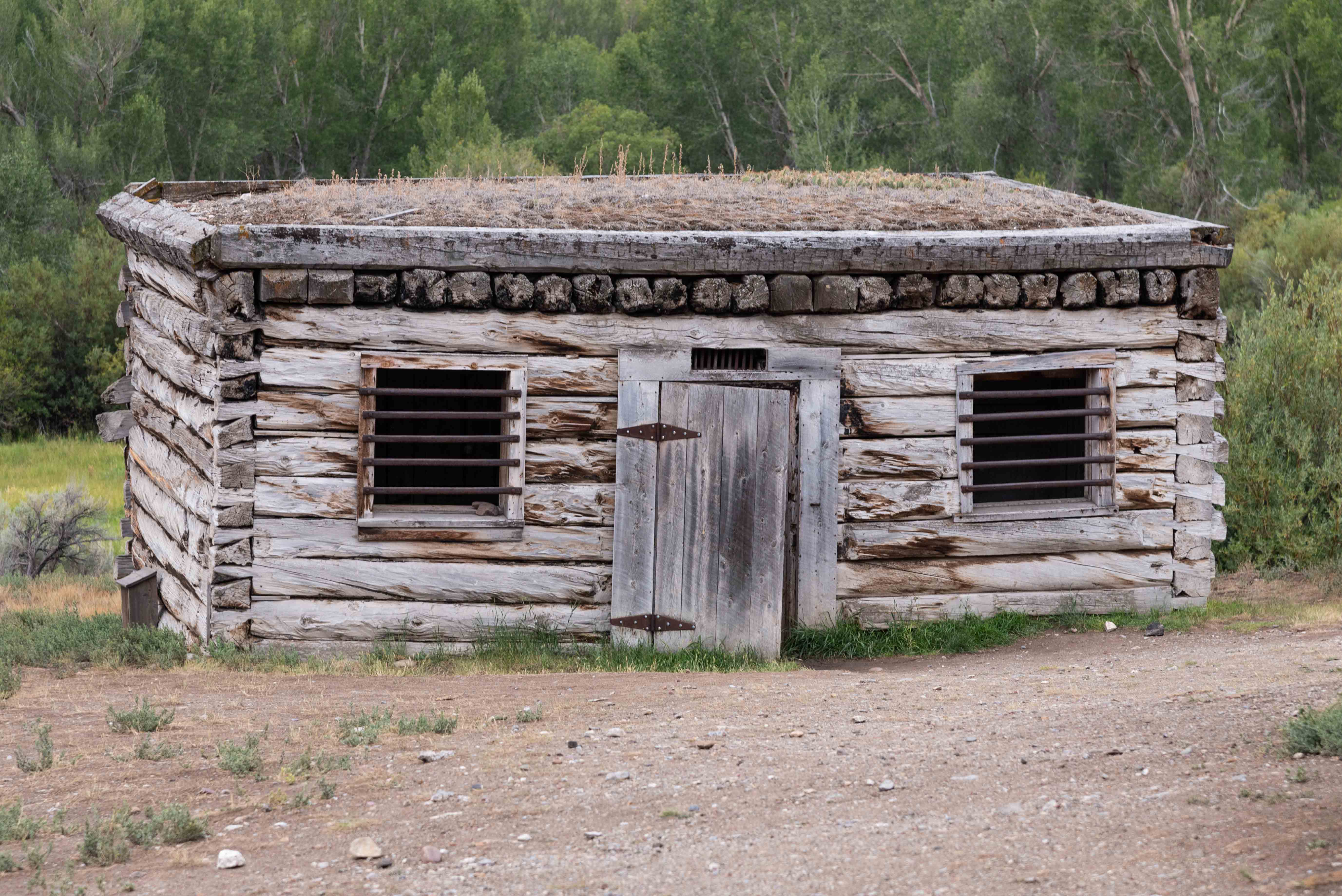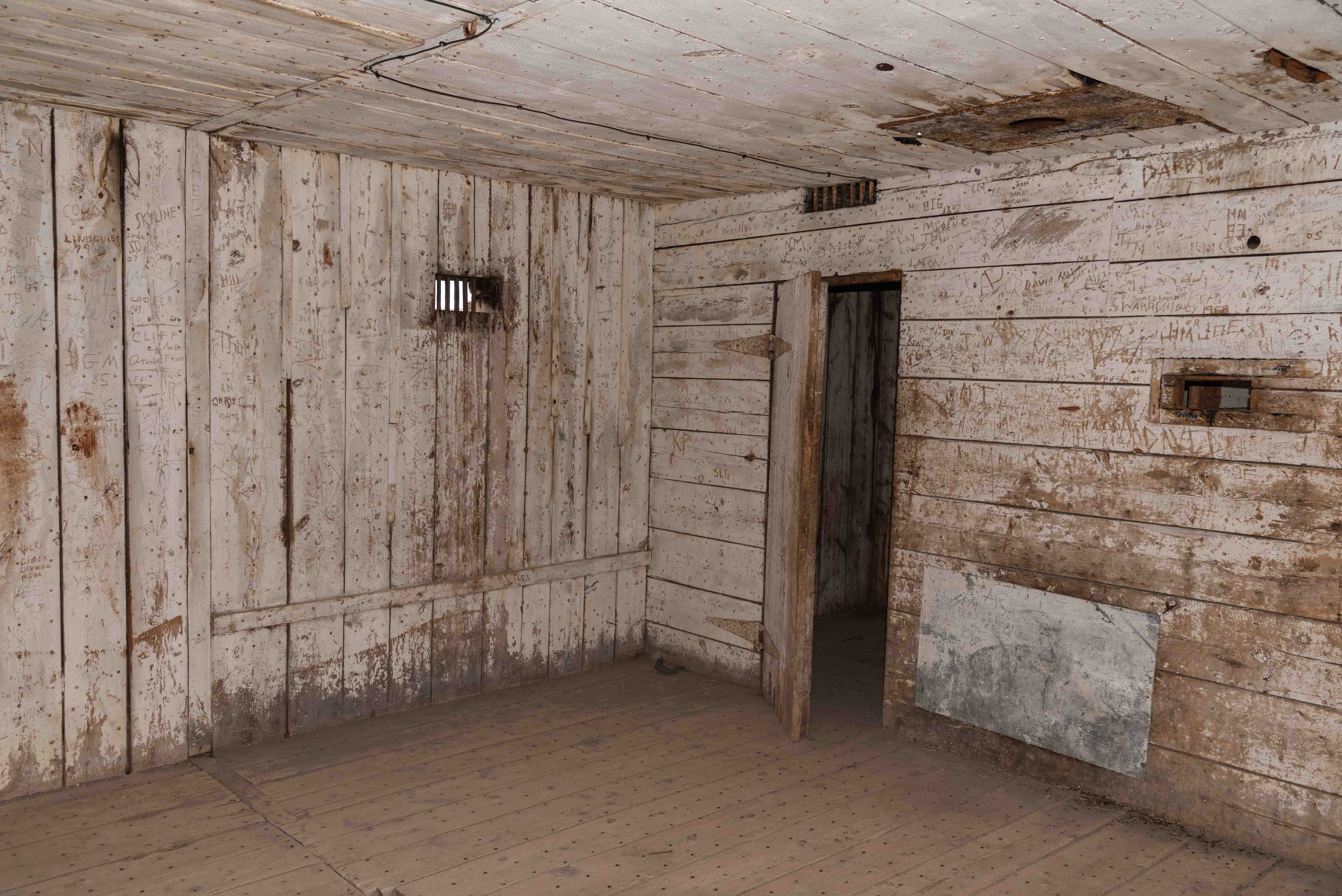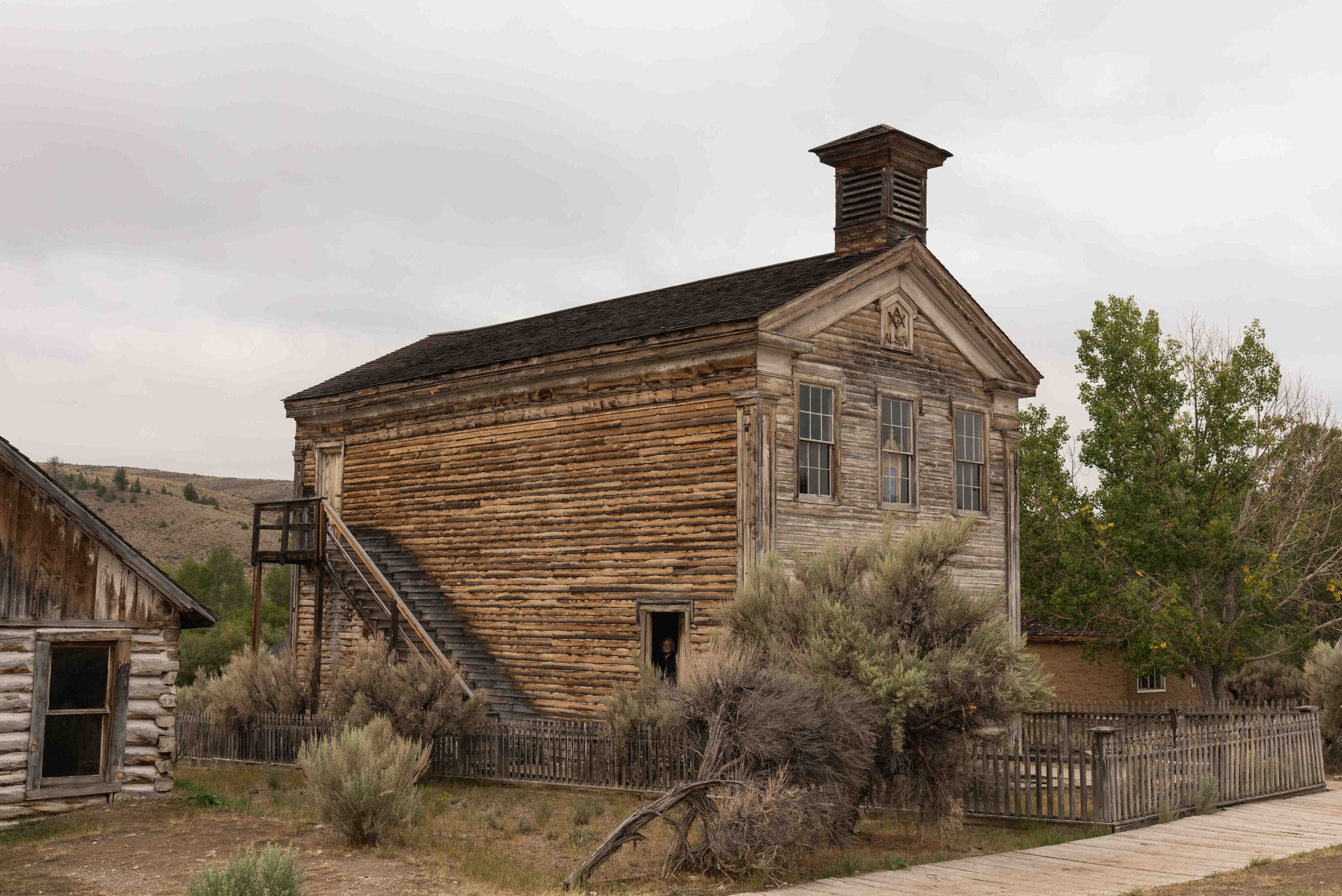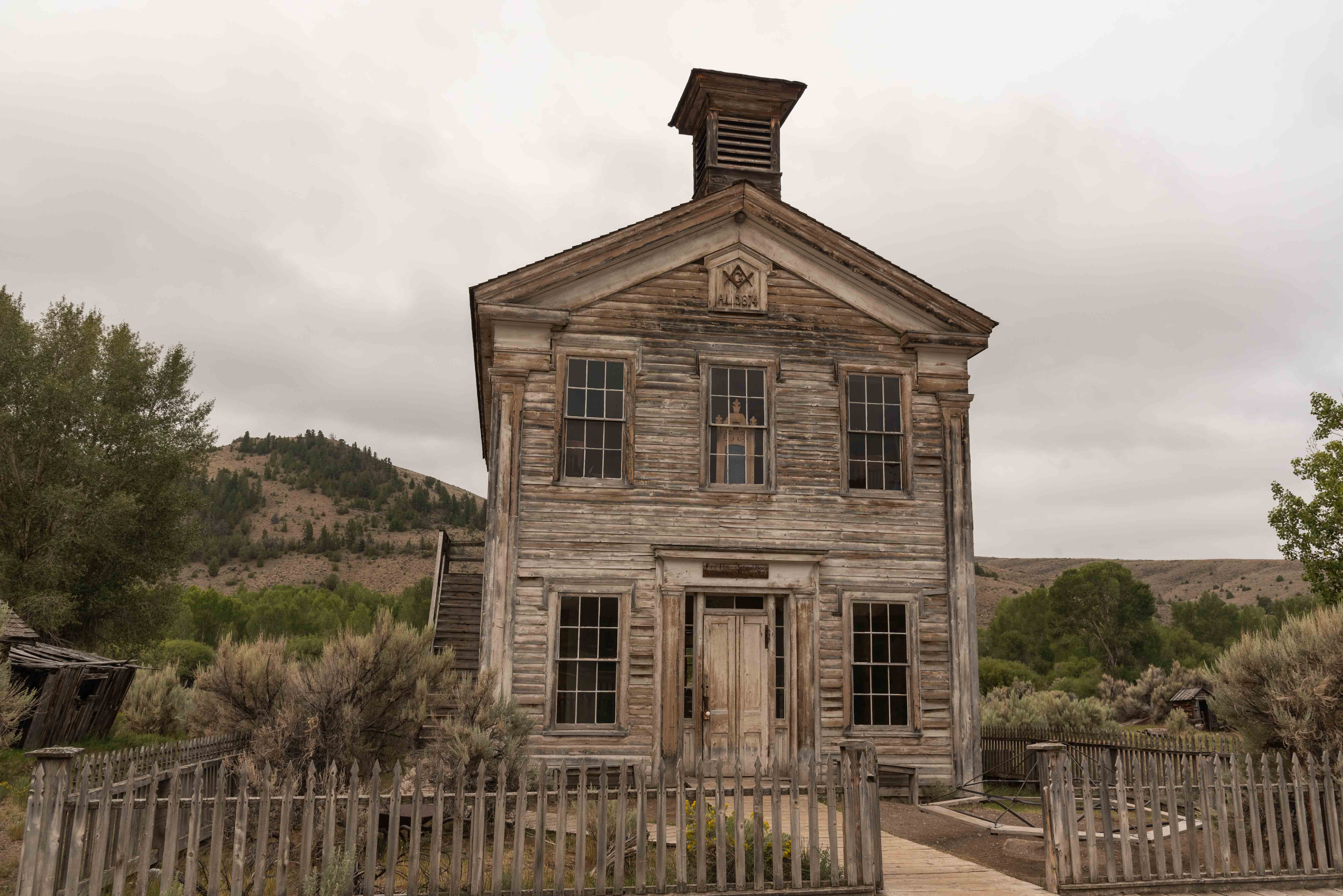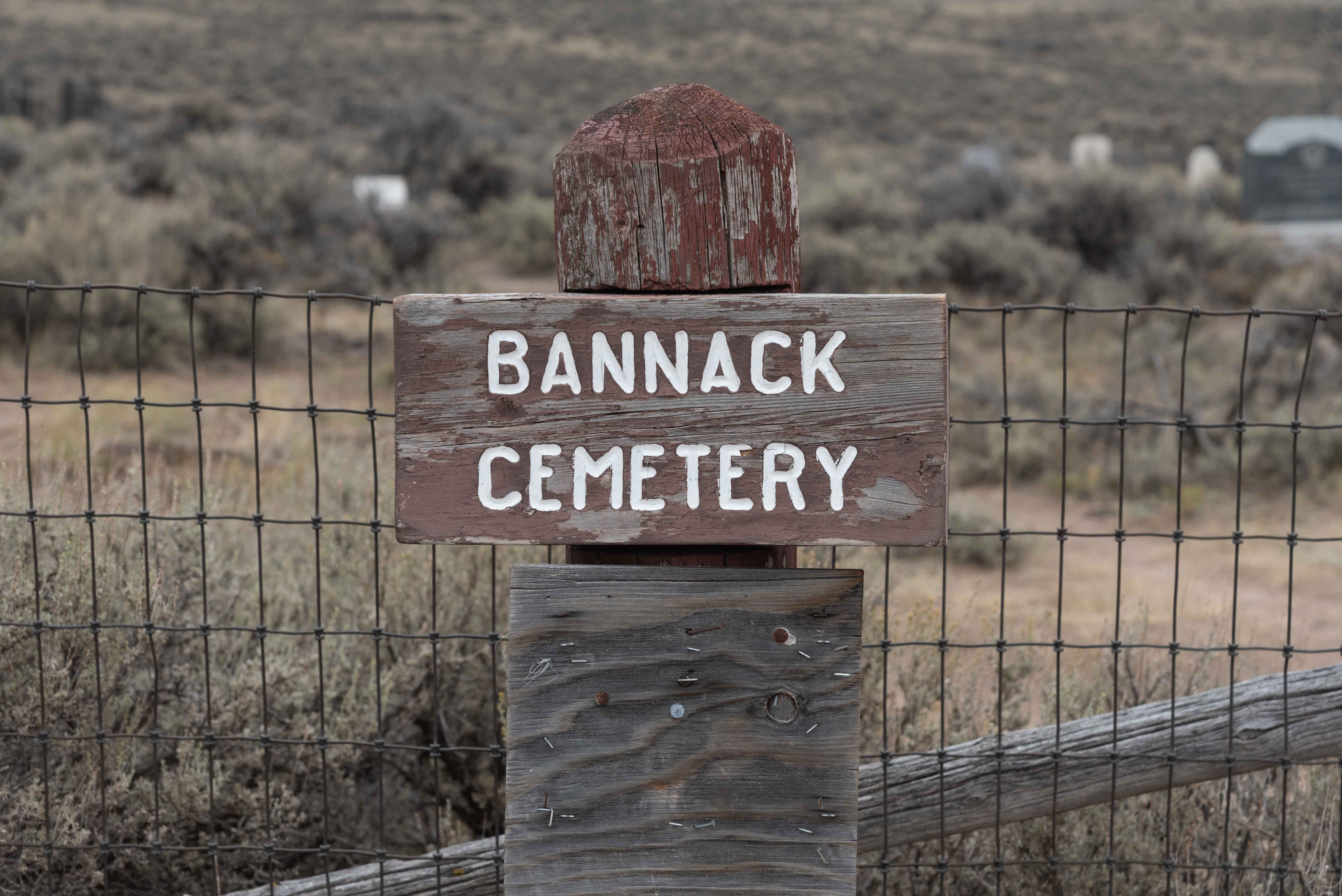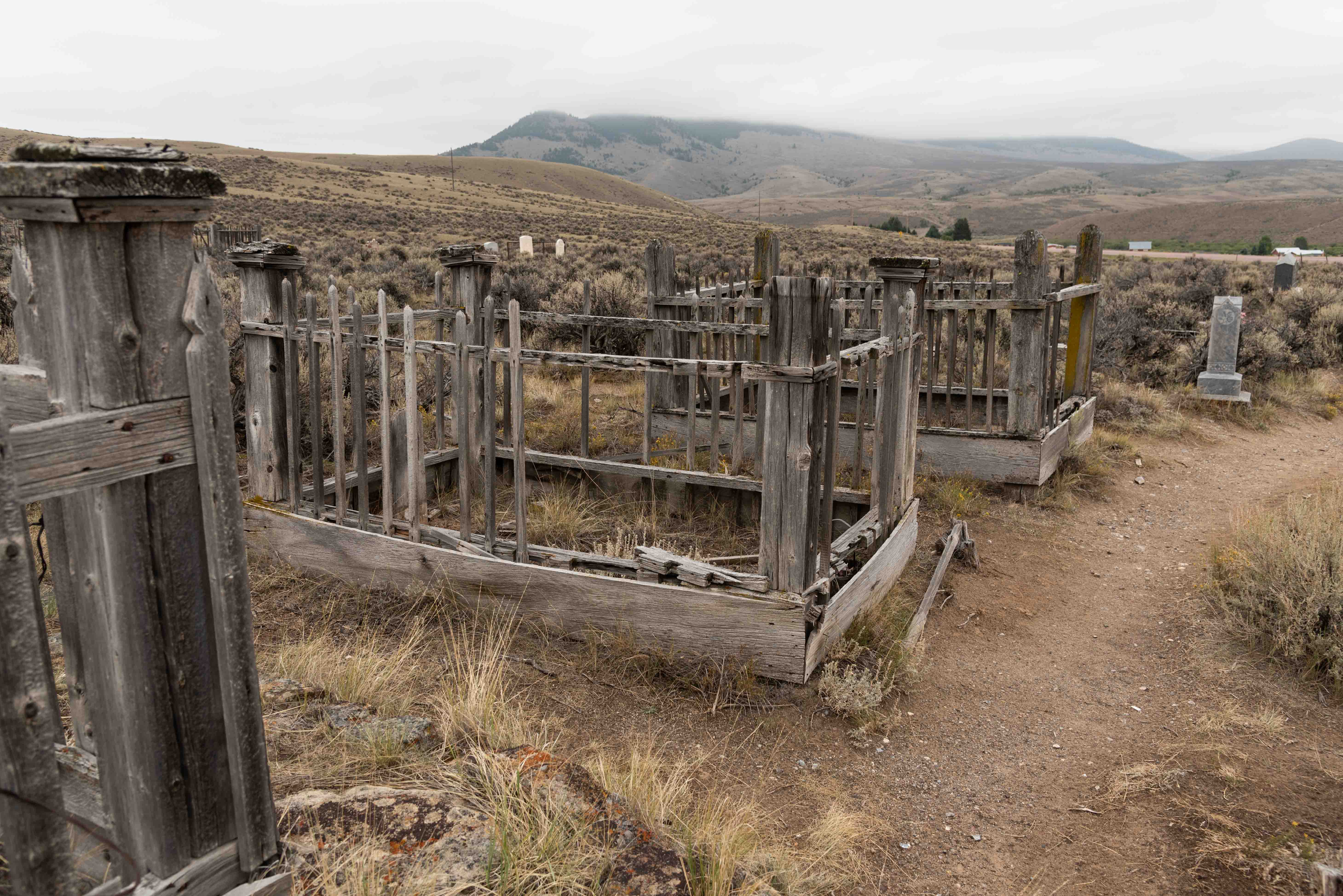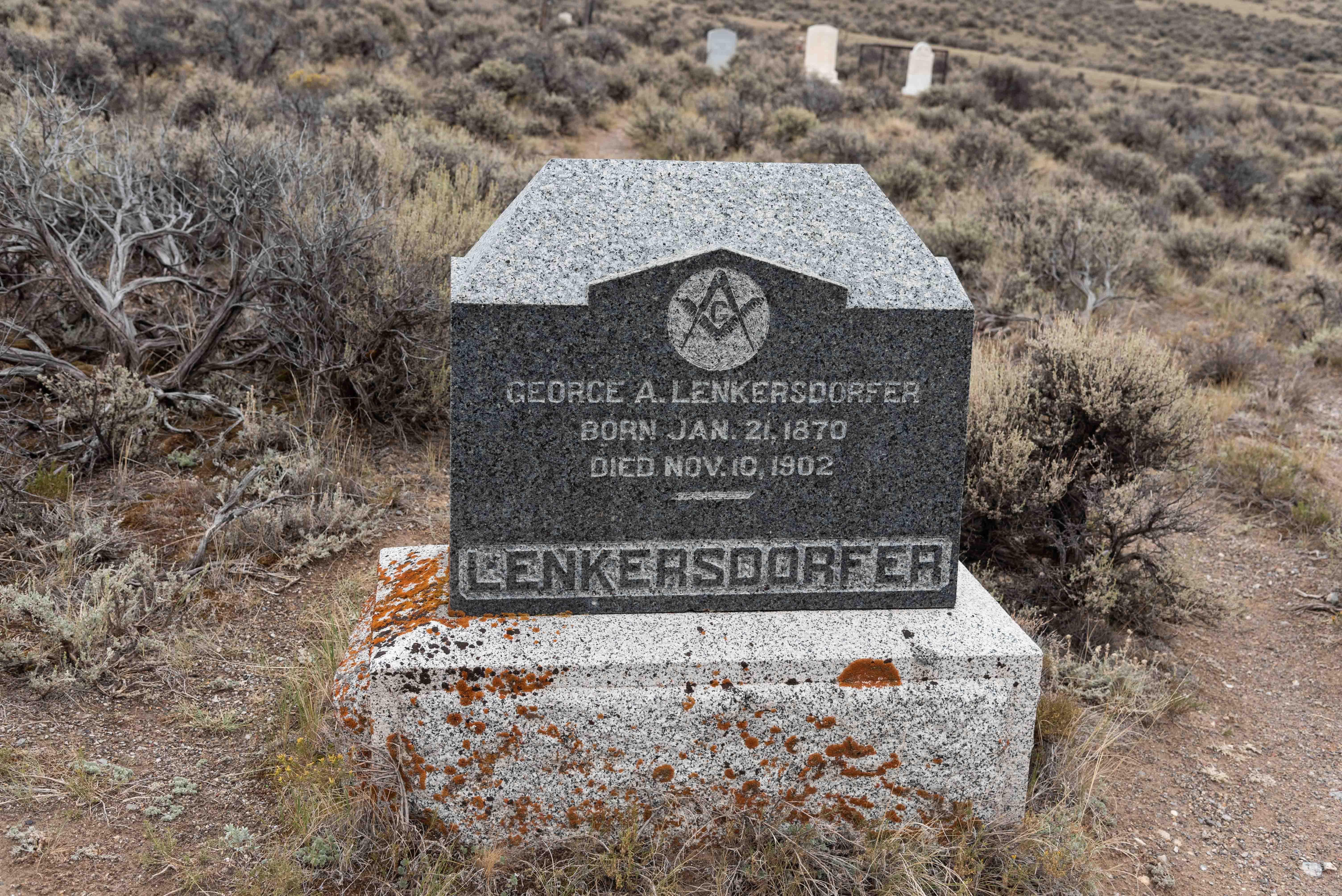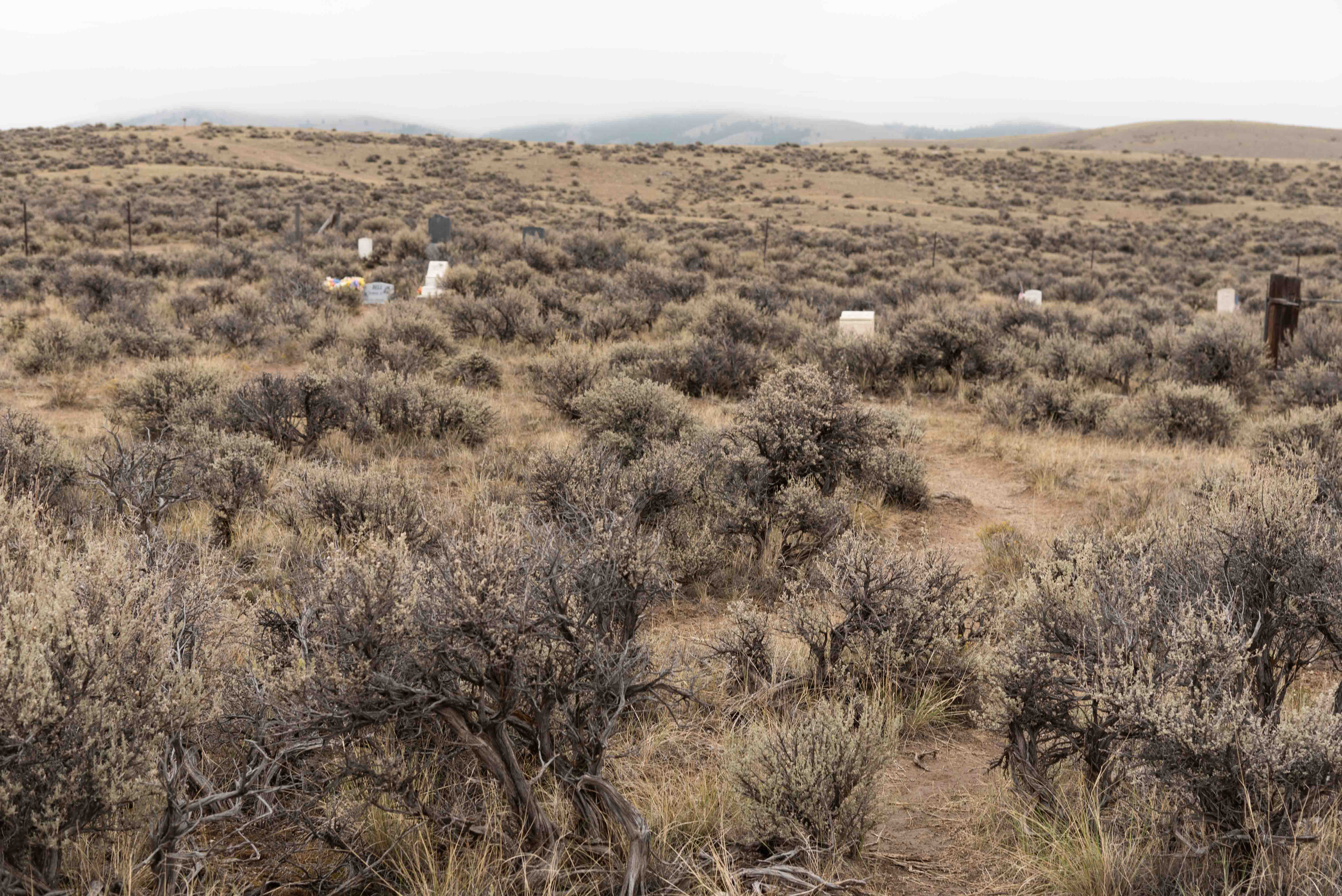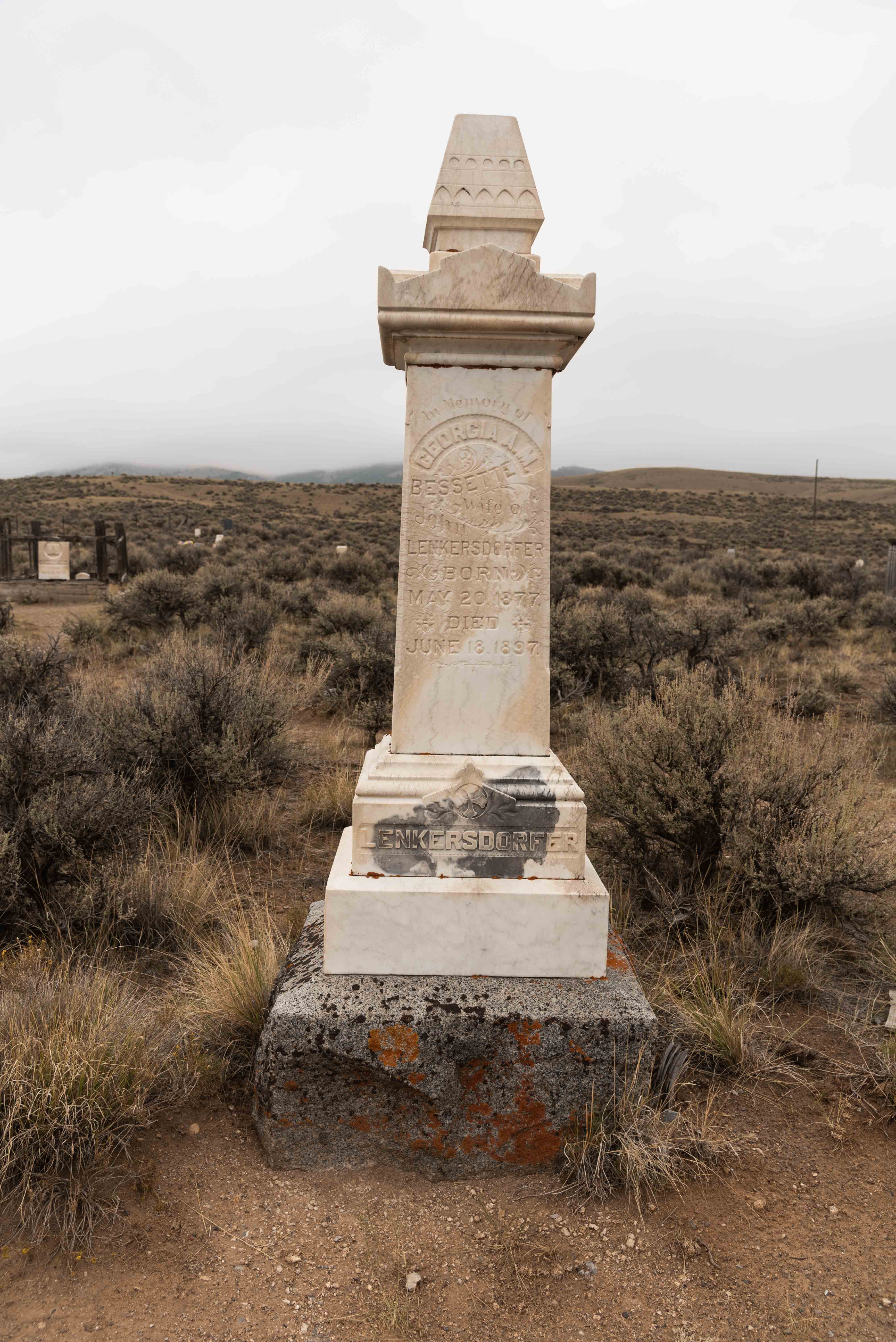Bannack State Park/Ghost Town
Bannack State Park is located in southwest Montana. From Dillon take I-15 south to exit 59 (Montana State Highway 278).
Travel west on MT 278 for 17 miles, turn left on Bannack Bench Road, and travel south for 4 miles to
the park. The park is approximately 1,600 acres and has a visitor center and two campgrounds. Vigilante and
Road Agent campgrounds have a total of 24 campsites, 8 of which are available on a first come, first served basis.
There is also a teepee that can be rented.
Bannack State Park is a National Historic Landmark that is the site of Montana's first major gold discovery,
and features the historic mining town of Bannack. The town was founded in 1862 and named after the local
Bannock Indian tribe (a bureaucratic bob-boo changed the o to an a in the town's name). At its peak, Bannack
had a population of about ten thousand and included three hotels, three bakeries, three blacksmith shops,
two stables, two meat markets, a grocery store, a restaurant, a brewery, a billiard hall, a church, and four saloons.
Over 50 buildings still line the Main Street of Bannack. Most are very well preserved, and some can be entered.
I visited Bannack in August of 2021.
County Courthouse
The Beaverhead County Courthouse was built in 1875 for $14,000. It was
the first brick courthouse in Montana. Bannack lost the fight for
county seat to Dillon and the courthouse was vacated. Dr. John Meade
bought the building in 1891 for $1,250, remodeled it, and turned
it into the Meade Hotel. The hotel operated on and off until the 1940s.
Methodist Church
Back in the day traveling ministers were the only men of God ever
seen in isolated towns like Bannack. William Wesley Van Orsdel, affectionately
known as "Brother Van", was one of the ministers that served Bannack.
It was Brother Van who talked the good people of Bannack into building
the first and only church in town in 1877.
Bannack Jails
The smaller jail in the photo to the left was Bannack's first jail. Sheriff
Henry Plummer had the second jail built in 1863. The jails were seldom used
when the gold rush was at its peak because the miners didn't want to take
time away from mining to be jailers. Perps were generally warned, banished,
or hanged.
Masonic Lodge and Bannack School
In 1874, Bannack Masonic Lodge No.16 built
the combination lodge and school. The building was designed in greek Revival style
and built for $1,500. The first floor served as the Bannack public
school for over 70 years, closing in the early 1940s. The Masonic lodge, located
on the second floor, contains furniture and equipment for a lodge of the late 1800s.
Bannack Cemetery
There are three cemeteries associated with Bannack, the Old Cemetery, located on a hill
to the northeast of Bannack, the New Cemetery, located a mile
northwest of the town just off Bannack Bench Road, and the small Marysville Cemetery
about a mile southeast of town. The fence surrounding the Old Cemetery
(also known as Bannack Boot Hill Cemetery) can be seen in one of the photos above.
The photos in this section are exclusively from the New Cemetery. Of the seven headstones
I recorded, none of the people lived to be 40 years old.
Source material: Chicora Research Contribution 394, and Bannack State Park brochures and online information
Use the form on the Home Page to submit comments, questions, or suggestions. TD Productions Copyright © 2021
